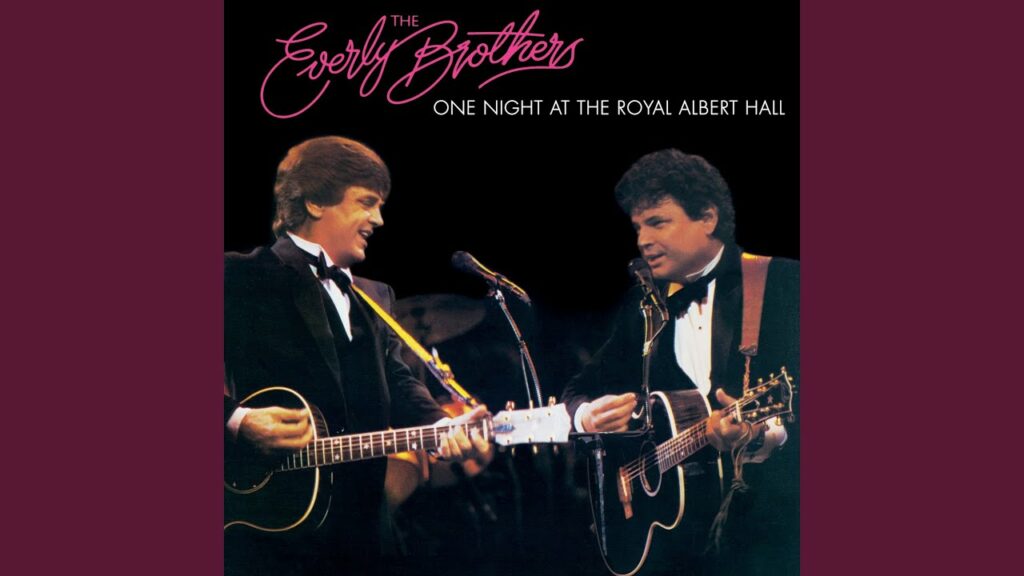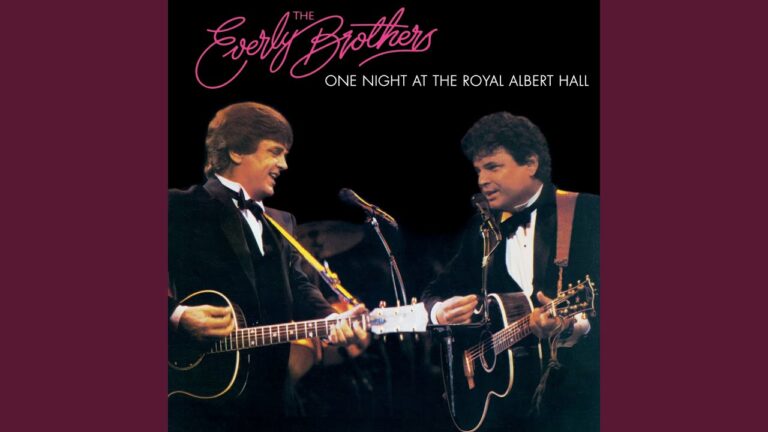
About the song
The Everly Brothers’ “Down in the Willow Garden”. A deceptively simple title that belies the complex tapestry of sound and story woven within. The Everly Brothers, those iconic siblings with their impossibly close harmonies, took a traditional folk song and imbued it with their own brand of rock and roll energy, creating a minor masterpiece in the process.
---> Scroll down for the VIDEO
Now, “Down in the Willow Garden” has a long and fascinating history. It stretches back to the Appalachian Mountains, existing as a folk ballad long before The Everly Brothers ever laid eyes on it.
Often referred to as “Rose Connelly”, the song tells a dark tale of love, betrayal, and ultimately, murder. The lyrics paint a picture of a young man who, in a jealous rage, takes the life of his lover and disposes of her body in the titular willow garden.
---> Scroll down for the VIDEO
The Everly Brothers, however, chose a more restrained approach in their 1958 rendition. Gone was the overt violence of the original, replaced by a melancholic yearning and a palpable sense of foreboding.
Their signature harmonies, both sweet and sorrowful, cast a long shadow over the narrative, hinting at the tragedy that unfolds. The instrumentation, a simple acoustic guitar and upright bass, further emphasizes the song’s folk roots while providing a steady pulse that carries the listener through the emotional journey.
What truly elevates “Down in the Willow Garden” is the interplay between the brothers’ voices. Don Everly’s lead vocal takes on the role of the doomed lover, his voice filled with a quiet desperation.
Phil Everly’s harmonies act as a kind of Greek chorus, commenting on the unfolding events and adding a layer of tragic inevitability. Together, they create a captivating soundscape that draws the listener into the heart of the story.
It’s important to remember the context in which this song was released. The late 1950s saw the rise of rock and roll, a genre known for its energy and rebellion. The Everly Brothers, with “Down in the Willow Garden,” offered a counterpoint.
They took a traditional folk song and infused it with a rock and roll sensibility, creating a sound that was both familiar and new. This innovation helped pave the way for the folk-rock movement of the 1960s, and its influence can be heard in the works of artists like Bob Dylan and Simon & Garfunkel.
So, while “Down in the Willow Garden” may seem like a simple folk song on the surface, it’s much more than that. It’s a testament to the power of storytelling in music, a showcase for the Everly Brothers’ remarkable vocal talents, and a bridge between the traditional sounds of folk and the burgeoning energy of rock and roll. It’s a song that deserves a place in any serious discussion of American music history.
